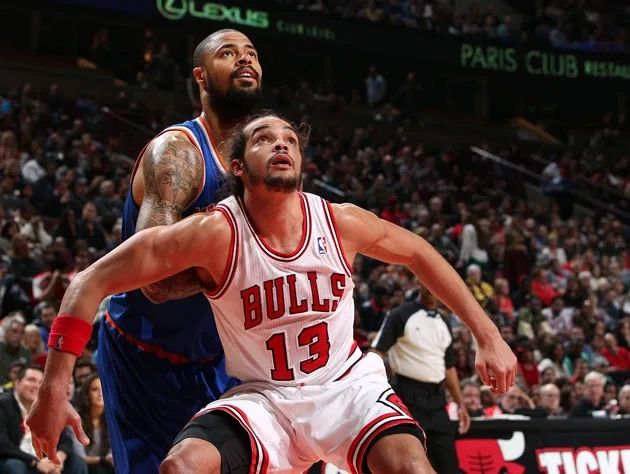Rebounding is a crucial aspect of the game that involves securing missed shots and gaining possession of the ball. It is a combination of skill, positioning, and determination. Whether you’re a player looking to enhance your rebounding abilities or a fan eager to delve deeper into the game, this guide will provide you with valuable insights.
Rebounding in basketball refers to the act of retrieving missed shots off the rim or backboard. It is a highly competitive aspect of the game, as it determines which team maintains possession and has another opportunity to score. Effective rebounding can turn the tide of a game, ignite fast breaks, and create scoring opportunities.
Two types of rebounds exist in basketball: offensive rebounds and defensive rebounds. Offensive rebounds occur when an offensive player retrieves a missed shot from their own team. This gives the team another chance to score and extends their possession. Defensive rebounds, on the other hand, happen when a defensive player retrieves a missed shot from the opposing team. Defensive rebounds deny the offense a second opportunity to score and allow the defense to transition to the offensive end.
Positioning is key to successful rebounding. Players must anticipate where the ball will come off the rim or backboard and position themselves accordingly. This involves understanding the trajectory of the shot, reading the spin on the ball, and recognizing the tendencies of shooters. By being in the right place at the right time, players increase their chances of securing rebounds.

Boxing out is an essential technique used to establish rebounding position. Players use their body to create space between themselves and their opponent. By effectively boxing out, players can prevent opponents from reaching the ball and gain an advantage in securing rebounds. This technique requires physicality, timing, and the ability to maintain balance while keeping opponents away from the ball.
Rebounding is not solely about size and strength. Quickness, agility, and anticipation are equally important. Players with a quick first step and the ability to react to the ball quickly can often beat taller opponents to rebounds. Additionally, reading the flight of the ball and having a nose for rebounds can compensate for a lack of height.
Aside from individual effort, rebounding also requires teamwork. Players must communicate and coordinate their rebounding assignments. Assigning specific players to box out opponents while others go for the rebound helps ensure that the team secures possession. Good rebounding teams understand the importance of gang rebounding, where multiple players crash the boards together to overwhelm opponents and increase their chances of gaining possession.
Rebounding is not limited to the frontcourt players. Guards and perimeter players who possess strong rebounding skills can significantly contribute to their team’s success. Their ability to quickly grab long rebounds and ignite fast breaks can lead to easy scoring opportunities in transition.
Developing rebounding skills requires practice and dedication. Players must work on their positioning, boxing out techniques, and timing to become effective rebounders. Drills that simulate game situations, such as rebounding against defenders, battling for position, and reacting to different types of shots, help players enhance their rebounding abilities.

